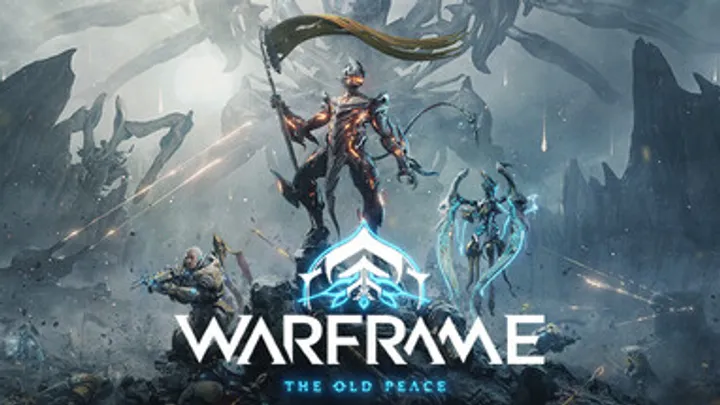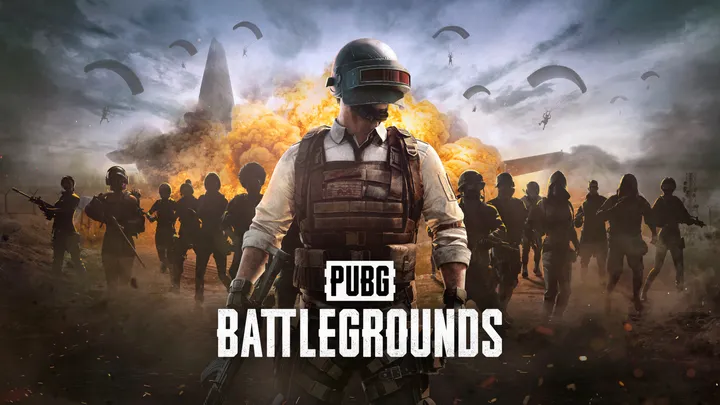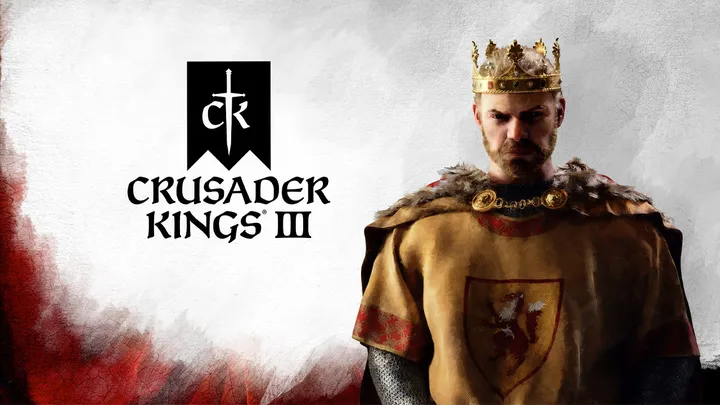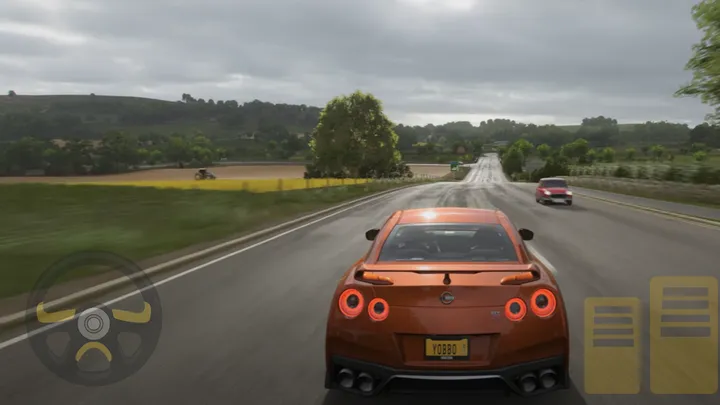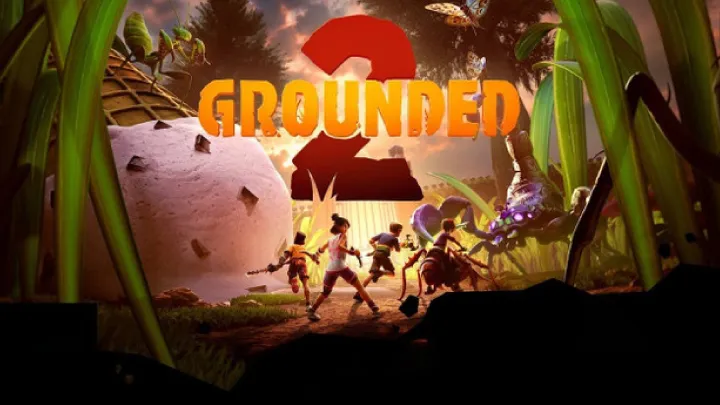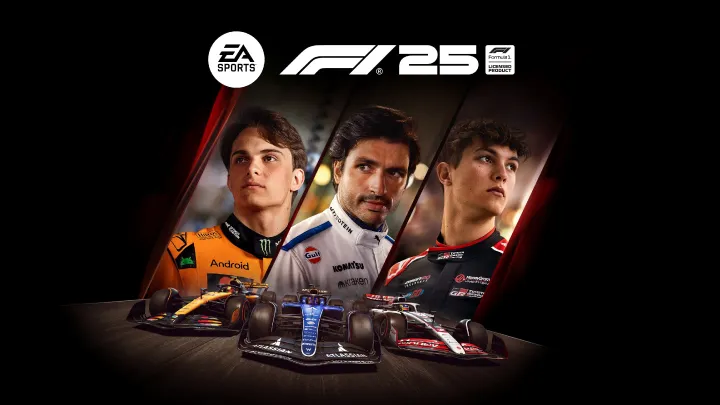LATEST ON BLOG
View more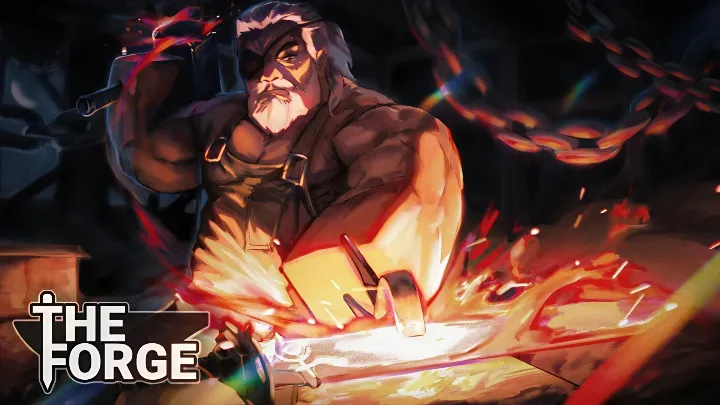
How to Master Roblox: The Forge – The Ultimate Blacksmithing Guide
Learn how to become a master smith in Roblox: The Forge with our expert guide. We cover everything from setting up your first furnace and finding rare ores to mastering heat control and advanced alloy metallurgy. Discover secrets to dungeon combat, automating your production line, and trading legendary weapons to build your smithing empire.
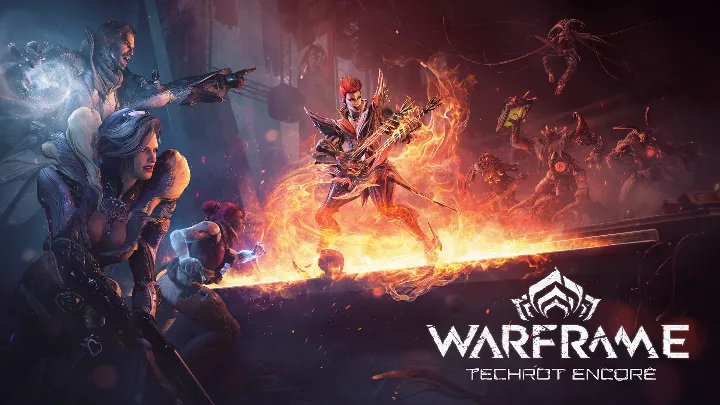
Warframe: An Evolutionary Masterpiece of Free-to-Play Action Games
A deep analytical breakdown of Warframe, examining its high-speed combat, parkour-driven gameplay, rich lore, continuous updates, and long-term impact on the free-to-play action genre.
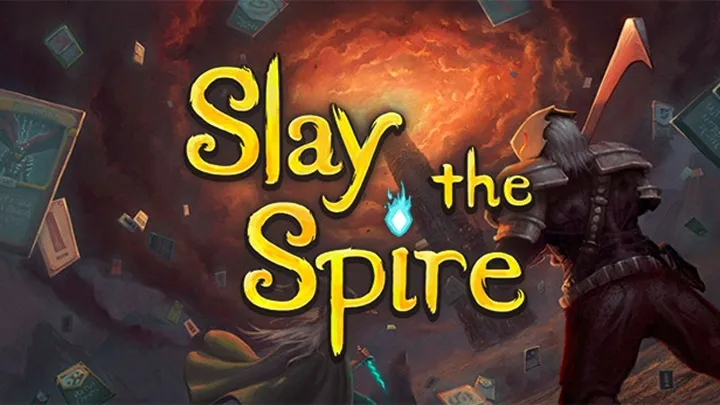
How to Play Slay the Spire Effectively: Build Smart Decks, Manage Resources, and Win More Runs
Learn how to play Slay the Spire effectively by building focused decks, managing health and relics wisely, understanding enemy intent, planning map routes, and making disciplined decisions to achieve more consistent and successful runs.

How to Play Stardew Valley Effectively: Manage Time, Build Smart, and Grow a Profitable Farm
Learn how to play Stardew Valley effectively by managing time wisely, choosing profitable crops, upgrading tools strategically, planning your farm layout, and investing in long-term growth to build a successful and sustainable farm.

The Pandora Masterpiece: Redefining Open-World Excellence in Avatar: Frontiers of Pandora
Avatar: Frontiers of Pandora is a visual and technical triumph. It seamlessly blends breathtaking immersion with refined mechanics, offering a definitive journey into James Cameron’s iconic universe.
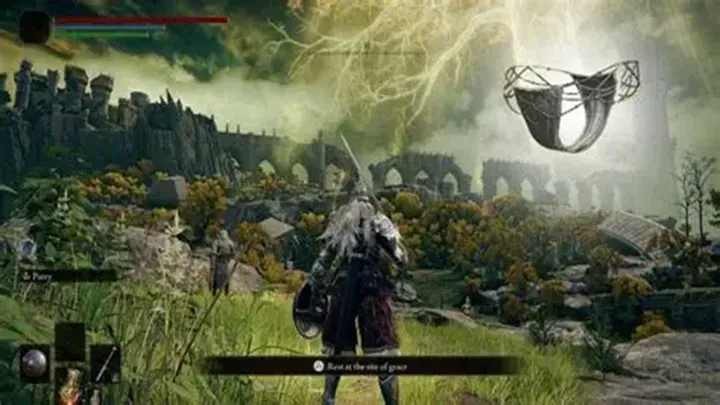
Ultimate ELDEN RING Tips & Guides for Combat, Builds, and Boss Fights
ELDEN RING tips and guides covering combat fundamentals, build planning, exploration strategy, resource management, and boss fight tactics. Learn how to progress smoothly from early game to late game and master the Lands Between.

Tips and Guide to Building a Powerful and Stable Empire In Europa Universalis V
Learn how to succeed in Europa Universalis V with smart expansion, strong diplomacy, economic stability, population management, and long-term empire-building strategies.
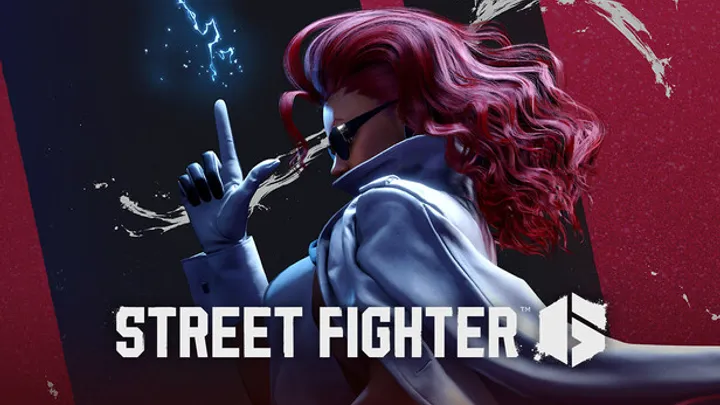
Ninety Seconds of Impact: A Temporal Autopsy of One Street Fighter Round
A deep narrative breakdown of one Street Fighter round, exploring how time, pressure, adaptation, and emotion shape decisions inside ninety seconds of combat.

How to Balance Time, Build Power, and Progress Efficiently In Persona 5: The Phantom X
Learn how to progress efficiently in Persona 5: The Phantom X by mastering time management, Persona fusion strategies, smart combat flow, and resource optimization.

How to Master Combat Flow, Resonator Synergy, and Long-Term Progression In Wuthering Waves
Master Wuthering Waves by optimizing combat flow, perfecting dodge timing, building strong Resonator synergy, and planning efficient long-term progression.
LATEST Reviews
View more



